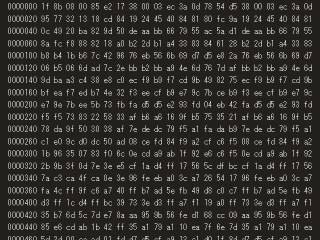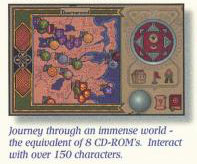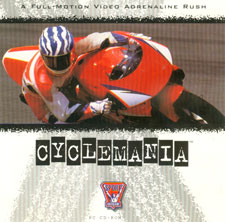I acquired a CD-ROM entitled Space Adventure by Knowledge Adventure (I like these people; they make decent, entertaining educational games). The physical media displays a copyright date of 1993, very early in the multimedia era.
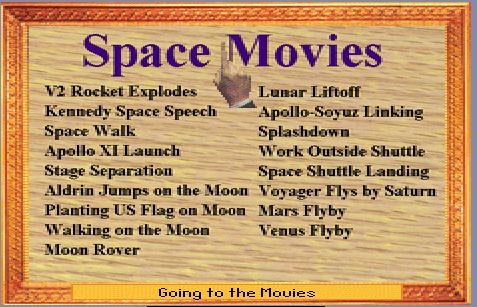
This 1993 CD-ROM makes proud use of multimedia files. What kind? There’s a movies/ directory with 17 .mov files. It would be way too simple if these were QuickTime files, though. These represent a custom format, and video-only since a separate sounds/ directory contains .snd files with filenames corresponding to the .mov files. The .snd files are actually Creative Voice (a.k.a. VOC) files. As for this MOV format, wiki page and samples.
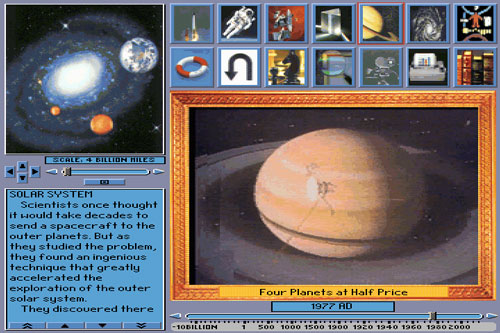
I was also surprised to find the binary ultrasnd.exe file among the drivers on the disc. The Gravis UltraSound was released in 1992. The sound setup utility does not have an option for the GUS, however. No matter since DOSBox has great SB/Pro/16 emulation.
I’m also a bit puzzled about why the DOSBox screenshots are 720 x 480 (posted here are various cropping and resizings).
